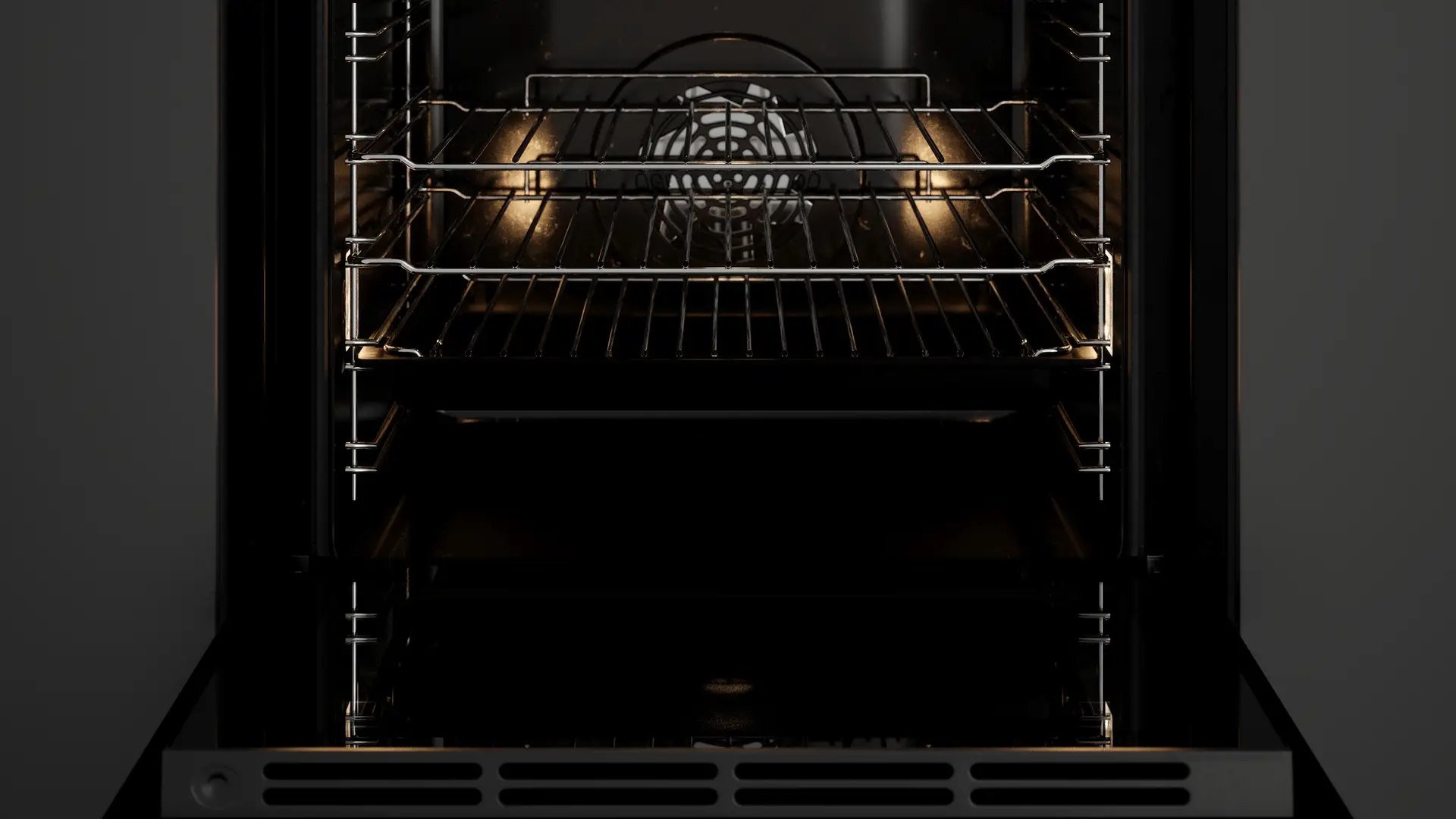Does a Built-In Oven Need Ventilation?
Yes — a built-in oven requires proper ventilation to operate safely and efficiently. Without it, excess heat can build up around the cabinet, potentially affecting both the oven’s performance and the lifespan of surrounding kitchen units.
Why Ventilation Matters
When in use, ovens release heat and moisture that must be dispersed to prevent overheating. Adequate ventilation ensures:
- Safe operating temperatures for the oven and nearby cabinetry
- Consistent cooking performance
- Reduced risk of component failure or heat damage
How Built-In Oven Ventilation Works
Most modern built-in ovens are designed with internal cooling fans and vents that direct hot air away from the cavity. These vents are usually positioned:
- At the front or top of the oven fascia
- Behind the control panel
- At the rear, expelling air into the cabinet cavity
Installation Tips for Proper Airflow
- Leave a small clearance gap around the oven for airflow
- Ensure vents are not blocked by cabinetry or insulation
- Follow the manufacturer’s installation guide for specific ventilation requirements
Bottom Line
All built-in ovens need some level of ventilation — even models with integrated cooling fans. Always check your manufacturer’s manual to ensure the correct spacing and airflow are provided during installation. Proper ventilation keeps your oven efficient, safe, and long-lasting.
- All Posts
- Cooker Hood Guides & Advice
- Dishwasher Guides & Advice
- General Appliance Guides & Advice
- Hob Guides & Advice
- Laundry Guides & Advice
- Microwave Guides & Advice
- Oven Guides & Advice
- Wine Cooler Guides & Advice

Discover the key differences between integrated and freestanding dishwashers. Compare pros, cons, and find the right fit for your kitchen...
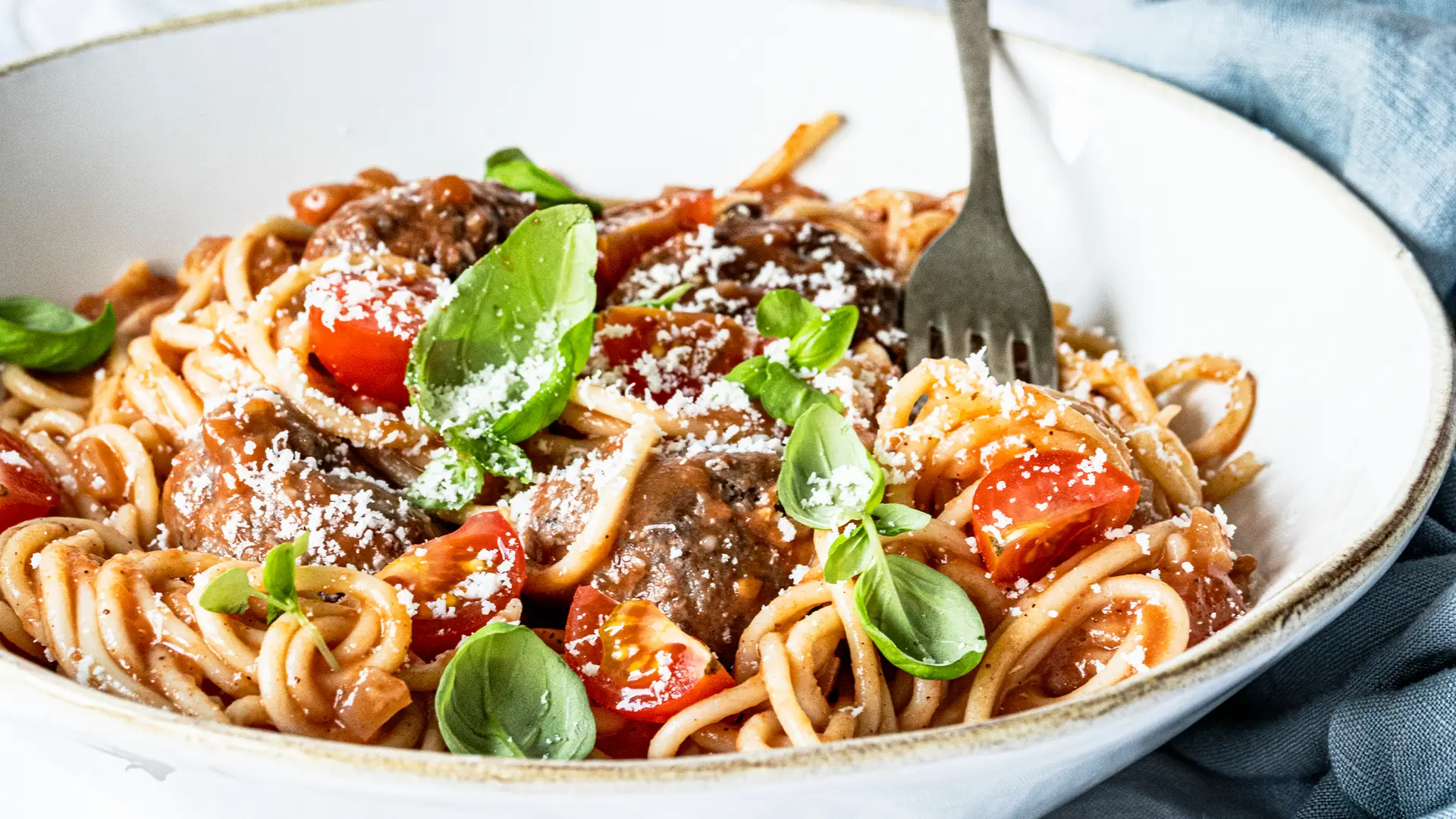
Master pasta cooking on your induction hob with our simple step-by-step guide. Learn timings, tips, and tricks for perfect results...
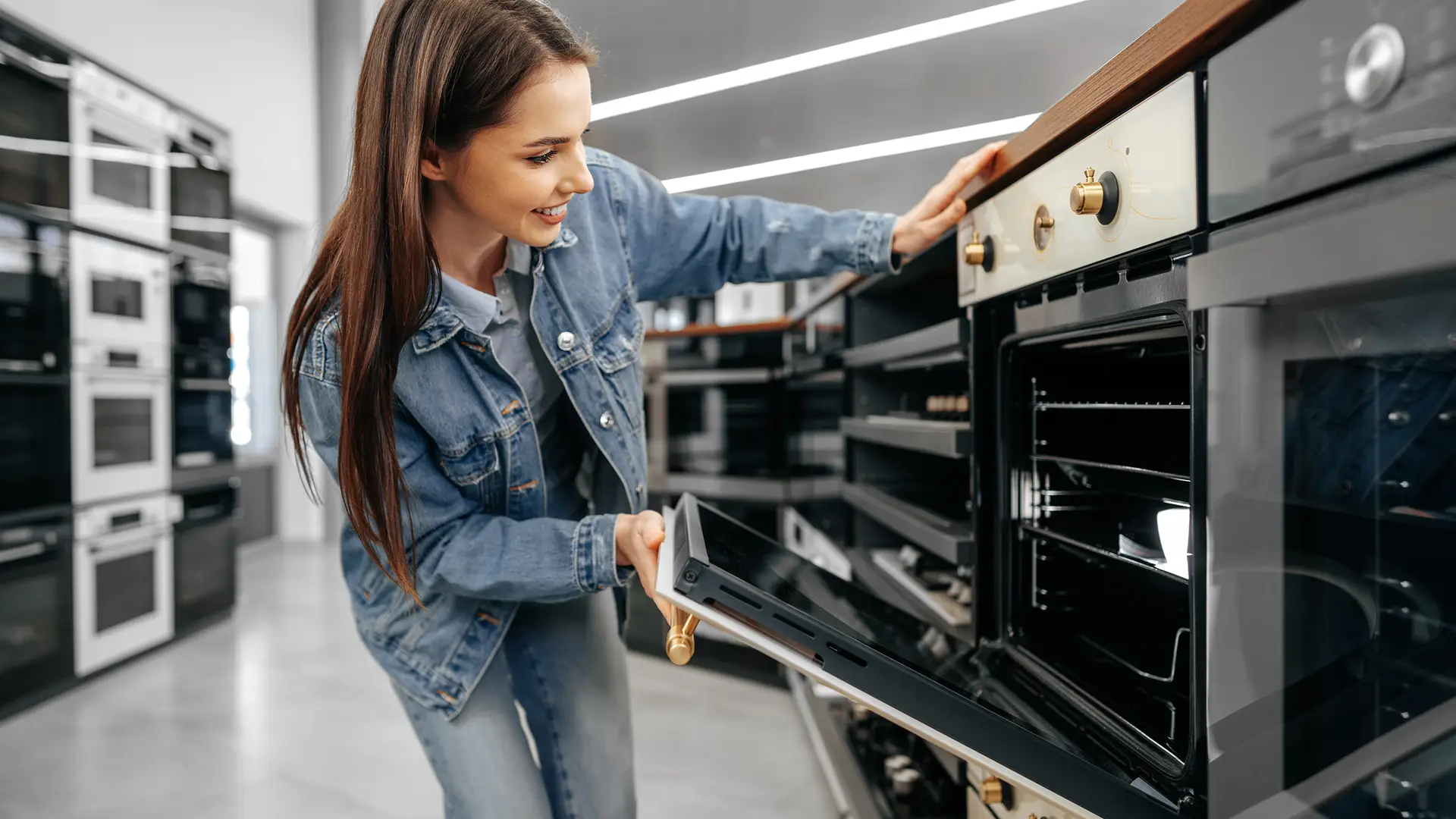
Discover how long major kitchen appliances typically last and how to extend their lifespan. Learn when to replace or maintain...
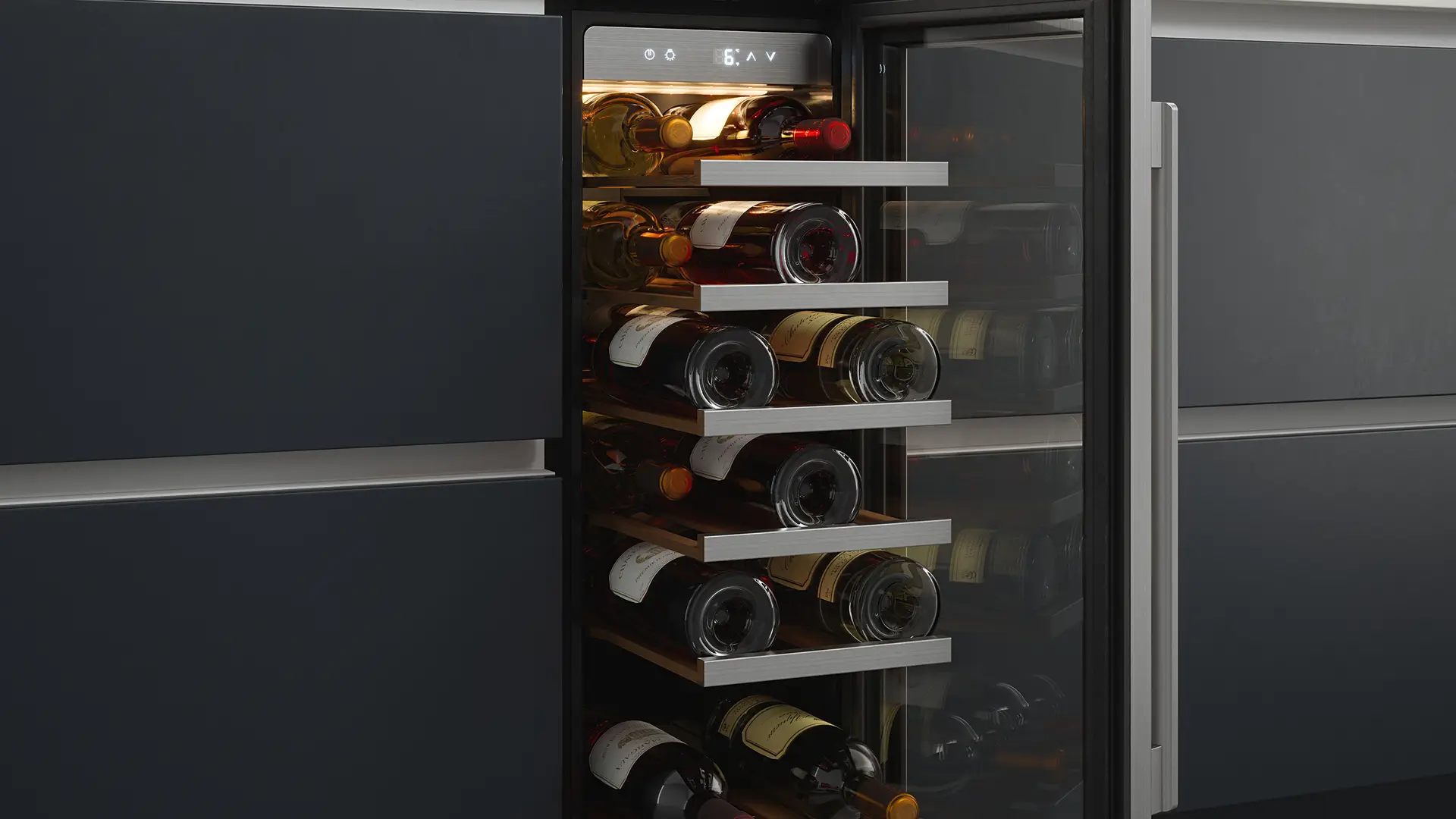
Discover quick fixes for common wine cooler issues like poor cooling or noise. Keep your wine stored perfectly — explore...

Keep your extractor running efficiently. Learn how to clean and replace cooker hood grease filters with our step-by-step guide. Quick...

Home / Hobs / Hob Guides & Advice The Best Microwave Accessories You Should Own The right microwave accessories can transform...

Learn what “frost-free” means for your freezer and how it keeps ice from forming. Discover the benefits and tips for...
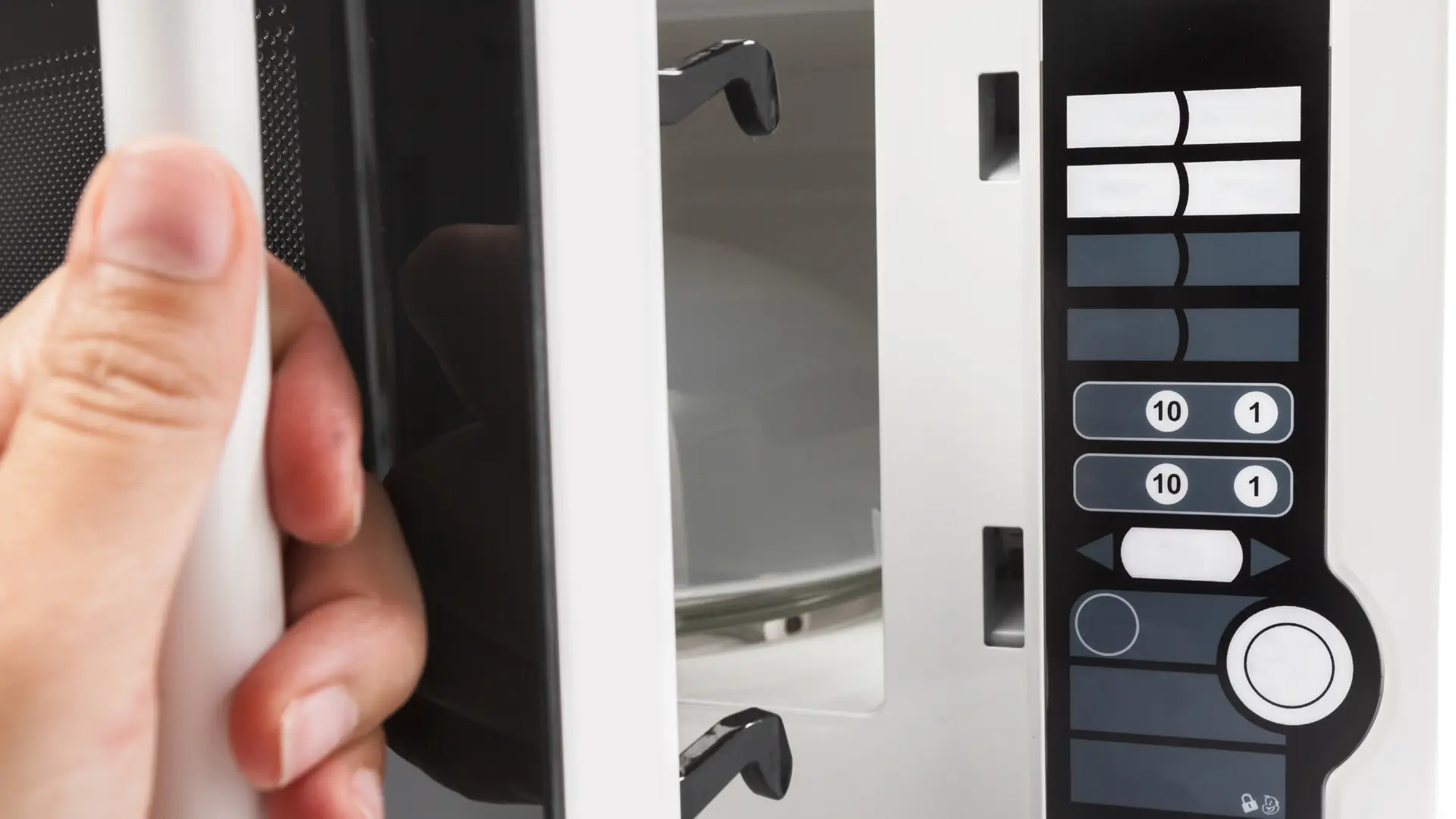
If your microwave door is hard to open or the latch is stuck, it could be due to pressure, dirt,...

Discover why your cooker hood fan is rattling and how to fix it. Learn quick DIY checks or when to...
